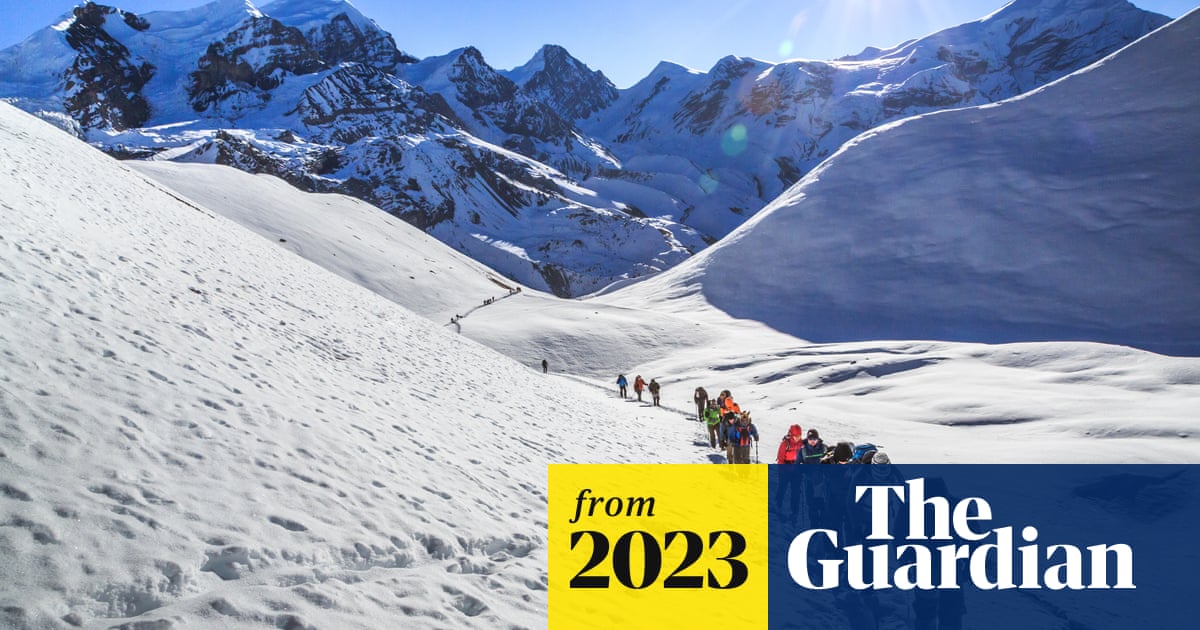Independent trekking is about to be banned from Nepal’s protected mountain regions and national parks, in a move designed to boost employment and increase safety for tourists visiting the country’s Himalayan range.
From April all foreign trekkers, whether solo or in a group, must be accompanied by a licensed guide. The announcement was made by the Nepal Tourism Board (NTB) in early March, and applies to cyclists as well as hikers.
Visitors will need to source their guides though trekking agencies registered with Taan (Trekking Agencies Association of Nepal), a group representing more than 2,000 government-approved trekking and mountaineering guiding companies.
The NTB hopes this will improve the safety of visitors, while helping Nepal’s tourism economy. “In addition to safety, the new system will create employment for workers in the tourism sector of Nepal and discourage unauthorised trekking operations in the country,” it said.
Trekkers will also need to obtain, through their trekking company, a TIMS card (Trekkers’ Information Management System), which will work like a permit. The price of the card will be 2,000 Nepalese rupees (£12.50) for most international visitors – previously, it was 1,000NPL for those on group treks.
Nepal’s natural infrastructure, with trails linking villages and guesthouses among the highest peaks on Earth, makes it the adventure capital of the world, with tens of thousands of adventurers hitting the trails each year. In 2019 more than 171,000 visitors went trekking in the country, with 27% (46,000) of them deciding not to hire a guide or porter, according to the NTB. With the post-pandemic tourism industry still in recovery, more than 19,000 people trekked unguided in 2022.
Altitude illnesses, getting lost, extreme cold, and whiteouts are potential hazards for high-altitude trekkers. In the lowlands, climate change is bringing an increasingly extreme monsoon season, which is triggering more landslides, according to research by the University of Plymouth. This is having a shapeshifting effect on the trails, making navigating a safe route increasingly difficult in some areas, such as the Annapurna region.
The NTB has quoted the annual fatality number of trekkers as 10-15 a year. The figures may be…
Click Here to Read the Full Original Article at Travel | The Guardian…
